The Fairest One of All, by David Bax
Despite the success of The Artist, we haven’t seen a flood of new silent films being announced. Nor did anyone expect such a thing to occur. But there is at least one movie coming along in the wake of the Oscar-winning French comedy and that’s Pablo Berger’s Blancanieves. Like The Artist, it both embraces classical silent films by taking place in the 1920’s while employing a black and white palette and rejects them by injecting modern techniques.
Blancanieves is Spanish for Snow White and it’s not just a clever name. The film is a retelling of the classic fairy tale that, as mentioned, updates it to the 1920’s while also relocating it within the world of professional bullfighting. Snow White’s father, instead of being a king, is a renowned torero and the dwarfs are a traveling novelty act who perform before the bullfighters.
Not content to simply tell another version of the well-known story by the Brothers Grimm, Berger also makes changes to it in ways both cheeky and deconstructive. He plays on our familiarity with the particulars. For example, there are only six dwarfs here, for the sole purpose of the joke when they are referred to as the seven dwarfs. The characters in the film are themselves familiar with the story. The dwarfs name the amnesia-suffering protagonist Blancanieves because of her situation’s similarities to the fairy tale. In other ways, he is more subtle. It might not be until late in the film that you realize that the impetus of the evil queen’s rage (here, she is merely an evil stepmother) has nothing to do with beauty, the traditional trigger. It has more to do with fame or, specifically, attention. This unwillingness to make even its villain a vain woman points to Berger’s most radical revision. While 2012’s other adaptations (Mirror Mirror and Snow White and the Huntsman) feinted at a more feminist mindset, all they really did was put a sword in Snow’s hands before placing her in the standard need of rescue. This film is far less violent (Berger cuts around the brutal realities of bullfighting) and far more up to date in the portrayal of its heroine’s agency and the consequences of it.
Also up to date is the sophistication of the filmmaking. Berger does not employ computer-generated images but there is a crispness and precision that comes not only from a century of technological progression but of refinement of the art form. The director seems to intentionally juxtapose things such as classical framing – not just in the 1.33 aspect ratio but in the composition of the shots – with occasional flights of rapid, kinetic editing, matching the score to the millisecond. In a way, Blancanieves is as meta-textual about silent cinema as it is about the tale of Snow White.
Berger also knows how to play to the strengths of silent films when it comes to casting. A film without talking needs attractive, expressive faces and this one is stuffed with them. Most notable are Daniel Giménez Cacho as Snow White’s father, Maribel Verdú as Snow White’s evil stepmother and Ángela Molina as Snow White herself. Cacho is absent for long stretches but makes enough of an impression with his warm gaze that he doesn’t seem to be gone at all. Verdú, whom you’ll remember from Y Tu Mamá También and Pan’s Labyrinth, has a face that is endlessly malleable but always beautiful and terrifying. Molina has the largest task, though, in that she has to make you want to be her best friend, make you want to see her succeed and make you curse those who don’t. She does this mostly with an easy and infectious smile but she also has the help of the make-up department, who use the film’s palette to great advantage, a striking chiaroscuro etched on Molina’s visage and everyone else’s, informing you in ways both subtle and overt just who each one of them is.
It’s not just the people who look great. Most of these compositions look like photographs in an art gallery, yet manage not to forfeit their cinematic immediacy. Even those shots that don’t look labored over are thrilling, in that they are often handheld takes of a rushing bull or a spinning wheelchair or some such energetic display.
Reportedly, Blancanieves was in the works well before The Artist showed up on the scene. Nevertheless, if this is a new trend, it’s one that’s heading in the right direction.
















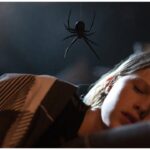
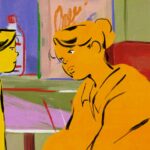
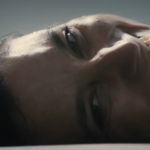
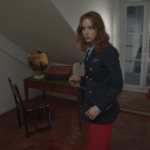







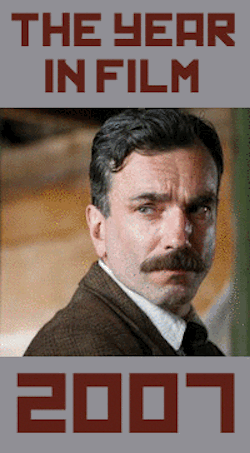


I heard people say Biancanieves is way better than The Artist and judging by the trailer they’re right. Looking forward to it.